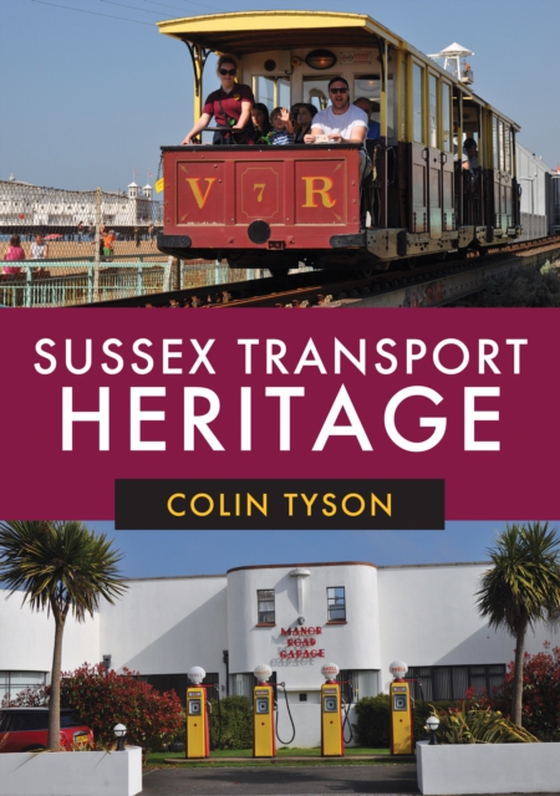
Sussex Transport Heritage e-bog
94,21 DKK
(inkl. moms 117,76 DKK)
Ever since the Romans built Stane Street from London to Chichester and pedlars used the high ridge-line tracks across the South Downs, Sussex has needed strategic transportation as an aid to commerce and its ever-growing population. Sussex roads only improved with the arrival of the Turnpike Trusts, creating toll houses, coaching inns, milestones and bridges, while the rise of the private mot...
E-bog
94,21 DKK
Forlag
Amberley Publishing
Udgivet
15 november 2018
Længde
96 sider
Genrer
1DDU-GB-ESX
Sprog
English
Format
epub
Beskyttelse
LCP
ISBN
9781445680620
Ever since the Romans built Stane Street from London to Chichester and pedlars used the high ridge-line tracks across the South Downs, Sussex has needed strategic transportation as an aid to commerce and its ever-growing population. Sussex roads only improved with the arrival of the Turnpike Trusts, creating toll houses, coaching inns, milestones and bridges, while the rise of the private motor car brought filling stations. Waterborne transport has left its mark in the form of short-lived canals, locks and bridges, along with sea ports and docks. The railways then spread their network of main lines and branch lines and left a legacy of stations, signal boxes, goods sheds and impressive viaducts, along with light railways and narrow gauge industrial lines. Sussex can lay claim to Britain's oldest electric railway, the steepest surviving cliff lift, the first municipally owned motor bus operator in the world and is the destination of the longest-running motoring event in the world. Into the twentieth century and new forms of transport such as aircraft led to the building of airports. Gatwick - London's second airport and the second busiest single runway airport in the world - had much more humble beginnings.
 Dansk
Dansk

